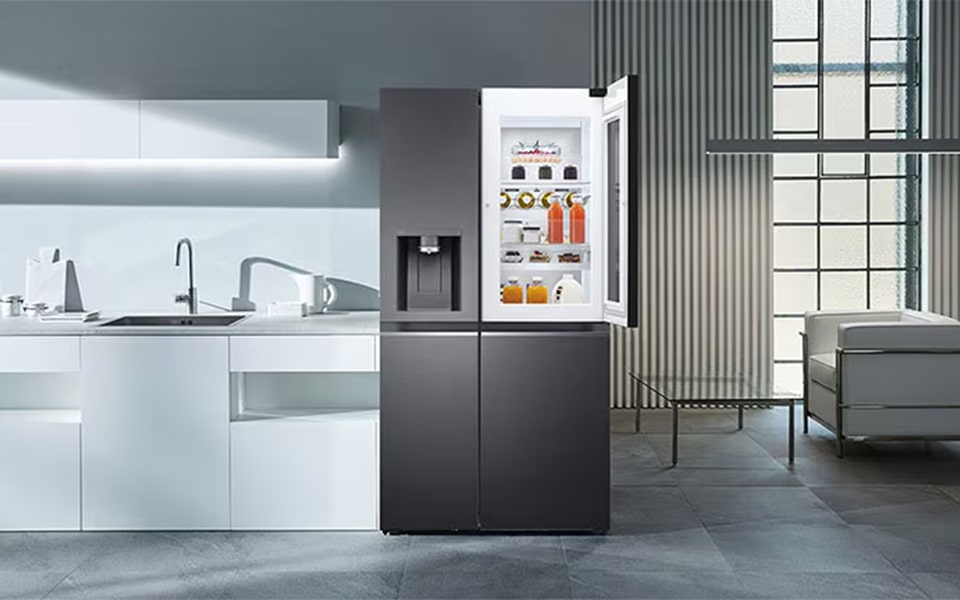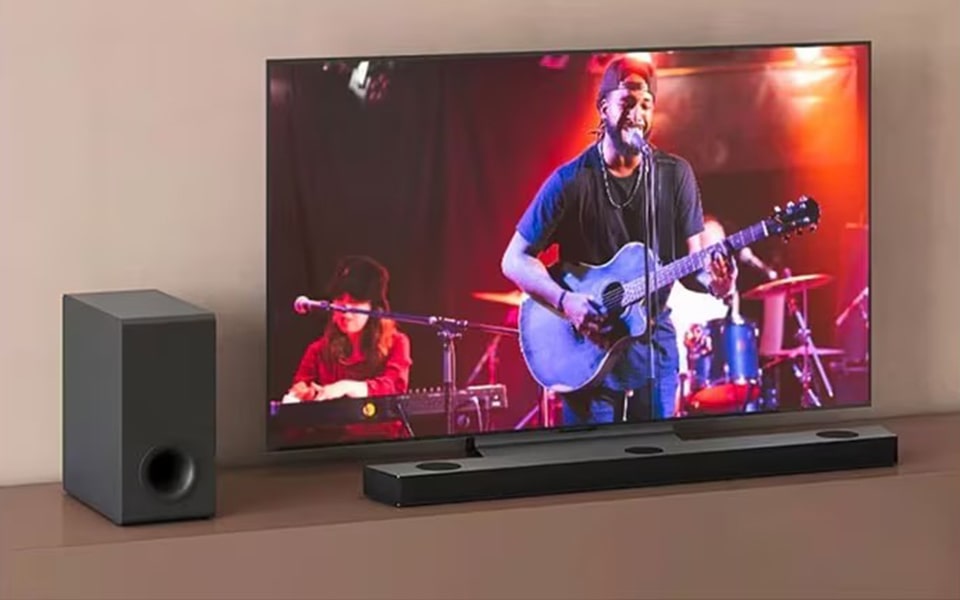We use cookies, including cookies from third parties, to enhance your user experience and the effectiveness of our marketing activities. These cookies are performance, analytics and advertising cookies, please see our Privacy and Cookie policy for further information. If you agree to all of our cookies select “Accept all” or select “Cookie Settings” to see which cookies we use and choose which ones you would like to accept.
LG Experience
How to Pick an Energy Efficient Washing Machine
If you’re replacing or upgrading your washing machine, it’s worth choosing a new model that uses energy and water efficiently. This handy guide will help you to understand energy and water rating labels on washing machines, so you can choose something that’s better for the planet – and keeps you in pocket!
It’s now mandatory for washing machines to have an Energy Rating Label displayed on the product. This label allows you to compare the energy efficiency of a model relative to other models of the same size in the market.
Energy Rating Labels have two parts: a star rating and an energy consumption figure. Most appliances use a 6-star rating system, although you may occasionally see a 10-star label too.
Energy Consumption Figures
Below the star rating you’ll see the energy consumption figure, which is given in kilowatt hours (kWh). This measures how much electricity a washing machine uses on a particular type of wash on an annual basis*. Unlike the appliance’s star rating, the energy consumption figure isn’t determined by its size, so you can use this to compare washing machines with different capacities. The lower the figure, the less energy a washing machine uses – and the cheaper it will be to run.
*Warm wash, tested on Cotton Eco wash of 40°C, with highest RPM.
Running Costs
If you want to calculate how much it will cost you to use your washing machine in a year, you can use the information listed on the Energy Rating Label for guidance.
Because washing machines offer different types of cycles, it’s better to measure the cost per cycle rather than hourly running costs. To do this, simply multiply the energy consumption figure (the annual kWh of the appliance) by the cost of electricity provided by your electricity provider.
Related posts
Featured product
- Newest
- Most Popular


